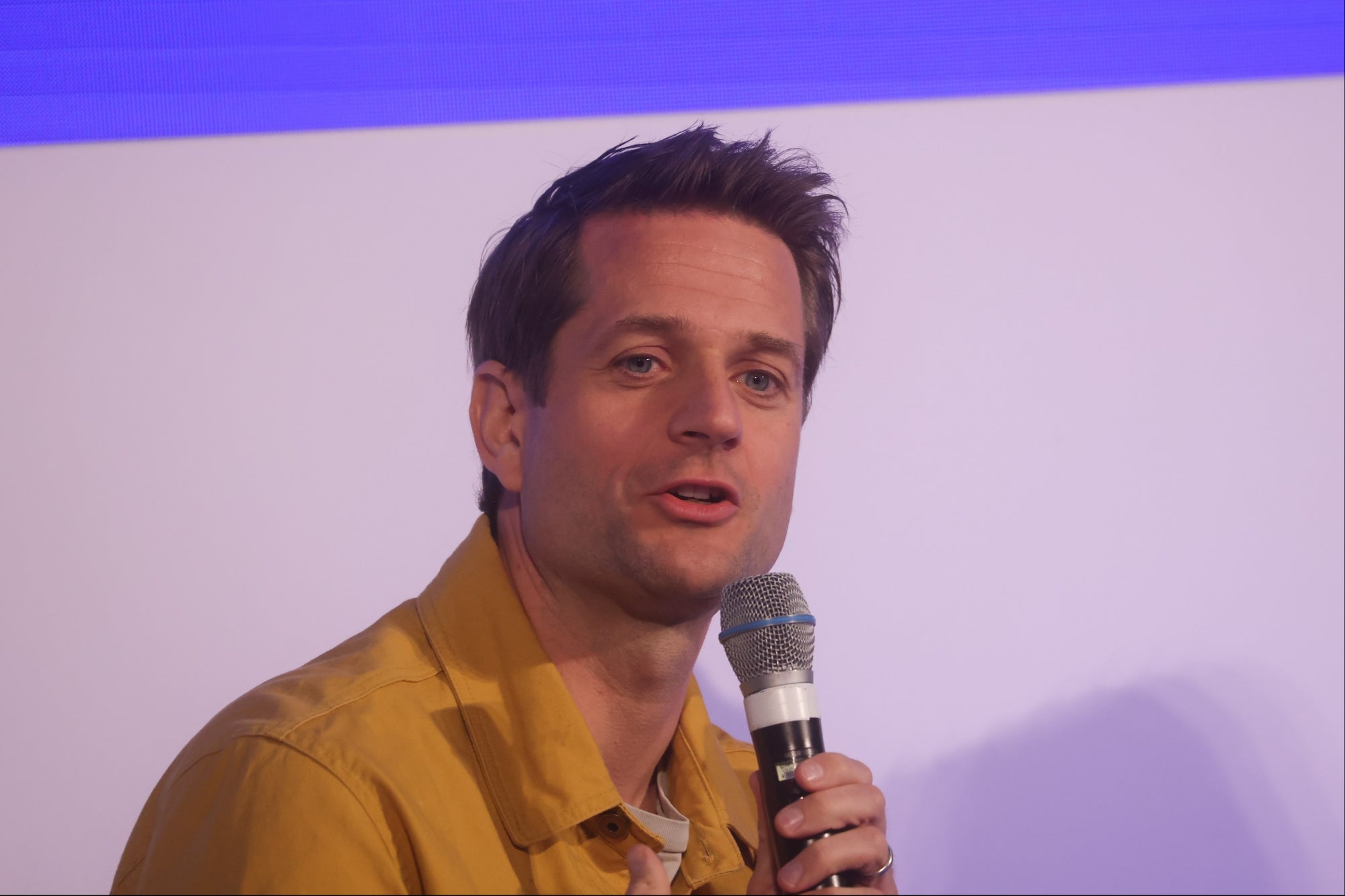How Corporates And Universities Can Work Together To Bring Scientific Innovation To Commercial Markets Many new technologies are being pioneered in university and corporate research labs, and the key to their success is to clearly recognize from the beginning that an invention is not a technology, a technology is not a product, and a product is not a business.
By Ramesh Jagannathan Edited by Aby Sam Thomas
Opinions expressed by Entrepreneur contributors are their own.
You're reading Entrepreneur Middle East, an international franchise of Entrepreneur Media.

The last two decades of technological transformation and globalization have created profound new challenges –and opportunities– for how and where innovation is located, organized, and capitalized. In this emerging global knowledge economy, the roles and responsibilities for invention, innovation, and entrepreneurship are being redefined and must be shared by the primary players; namely, universities, governments, corporations, and venture capital firms. From our perspective as a university, this begs the question: how do we ensure that exciting research is turned into profitable, real world solutions?
In the "Flat World" that Thomas Friedman predicted in 2007, it is no longer sufficient for the universities to limit their focus to teaching and knowledge creation, especially in an increasingly insecure job market. It is not uncommon to find a focus on project-based, experiential learning processes where multi-disciplinary student groups, drawn from liberal arts, sciences and engineering, create local solutions to global social needs.
A handful of leading universities around the world have gone a step further to create more proactive accelerator support programs, which are continuously evolving. For example, startAD, which is powered by Tamkeen and anchored at NYU Abu Dhabi (NYUAD), has plans to create a digital platform where corporations can interact with the university on a systemized and continual basis. In the future, this will even extend to embedding our faculty in corporate product teams, as we remove the remaining barriers between innovation and real-world application.
One of the critical challenges to solve is that most new innovations fail not because of the technology, but because they fall down on the market side. To ensure product/market fit, it is important that the incubation process doesn't just focus on ensuring a new product is lab-perfect. Pilot projects offered by accelerators offer a safe space for innovators to test their products, as well as a de-risked way for corporations to test the efficacy and receptiveness of their customers to the innovation being tested.
It is also important to reach out to potential investors and customers at an early stage to develop and test the idea in the context of all stakeholders, which is also critical when it comes to raising funds. While a good venture capitalist will help refine a product or idea based on their previous experience, they also want to know the idea has an inherent value proposition, and what the developer will bring to the table beyond a good idea that has no clear application.
Related: Here's Why Your Organization Needs To Step Up Its Game In Digital Communications
In the UAE, university research is rightly viewed as the bedrock for future innovation. The Emirates Science, Technology, and Innovation Higher Policy initiated in 2015 has fostered research in areas such as space research, aviation, pharmaceuticals, solar power, civilian nuclear energy, robotics, and others– all fields that have thrived in the years since the initiative was launched. The Advanced Technology Research Council (ATRC), established in 2020, aims to strengthen Abu Dhabi's position as a global research and development hub.
And as NYUAD celebrates its first decade, innovations from our 80 faculty labs and projects, as well as some 15 designated Research Institute Centres, span fields as diverse as genomics and climate science to humanities and Arabic literature. Just in the past year, NYUAD developed a saliva-based COVID-19 testing method and a 3D-printed N-95 masks for frontline health workers. Meanwhile, since 2016, startAD entrepreneurs have raised US$70 million in investment, generated $50 million, created 300 jobs, and secured over 50 pilot projects with international corporations.
We are proud of these achievements but recognize that higher education must continue evolving to support the transition of cutting-edge scientific innovation to the commercial markets. In doing so, the scope for transformative solutions to global issues dramatically increases. For example, Strategy& predicts that regional governments can unlock more than $2 trillion in economic growth and create more than one million jobs by 2030 by promoting the critical issue of sustainability through national policies.
To this end, startAD's forthcoming DeepTech program will expand beyond our NYUAD faculty to run at the national level. Last year's DeepTech program, which develops cutting-edge research projects into entrepreneurial ventures, was won by TrustChip, a startup focused on preventing intellectual property theft in the chip design industry –which is crucial to the advance of technology– and Pivot, a startup focused on quantifying property risks from hazards such as climate change and sea level rises.
Overcoming these great challenges requires truly disruptive innovation– as does the more general and equally important transition to knowledge-based economies. Many of these new technologies will be pioneered in university and corporate research labs. The key to their success is to clearly recognize from the beginning that an invention is not a technology, a technology is not a product, and a product is not a business. Keeping that in mind, it thus remains vital that we continue to develop the framework for the transfer of these exciting new ideas.










